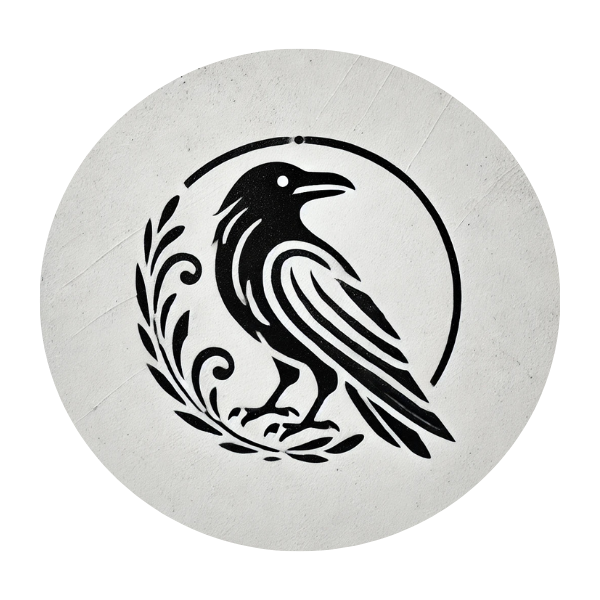GUILT
I transform any feelings of guilt into acceptance, and strive to align my actions with my values
WHAT IS GUILT ?
A self-conscious emotion involving a sense of regret or responsibility for one’s actions, typically when they have caused harm or violated personal or societal standards.
Synonyms: Culpability, Remorse.
Antonym: Innocence
“Guilt is perhaps the most painful
companion of death.”
C.G. Jung
HOW TO RECOGNIZE GUILT
IN OTHERS
AND ONESELF
HOW TO RECOGNIZE
IN OTHERS
Body Language
Hunched posture, avoiding
eye contact, fidgeting
Facial Expressions
Downcast eyes, frowning or
grimacing, blushing
HOW TO RECOGNIZE
IN ONESELF
In the Body
Heaviness in the chest or stomach, sense of unease
In the Mind
Self-critical or regretful thoughts,
focus on past actions
HOW TO RECOGNIZE GUILT
IN OTHERS
AND ONESELF
HOW TO RECOGNIZE
IN OTHERS
HOW TO RECOGNIZE
IN ONESELF
Body Language
Hunched posture, avoiding
eye contact, fidgeting
In the Body
Heaviness in the chest or stomach, sense of unease
Facial Expressions
Downcast eyes, frowning or
grimacing, blushing
In the Mind
Self-critical or regretful thoughts,
focus on past actions
How can I turn guilt into a positive force for change
rather than self-punishment?
TIPS AND TRICKS ON HOW TO DEAL WITH THIS
EMOTION

Practice Child’s Pose (Balasana) while repeating affirmations like \"I forgive myself and move forward with love.\"

Write about what’s causing your guilt, then reframe it as an opportunity for growth and self-compassion.

Imagine yourself forgiving and being forgiven, focusing on healing and emotional release.

Repeat the mantra, \"I’m sorry, please forgive me, thank you, I love you,\" to process guilt and foster reconciliation.

Sit in a quiet place and focus on offering yourself kindness and understanding, letting go of guilt.

Write your guilt on a piece of paper, then safely burn or bury it as a symbolic act of letting go.
CURIOUS FACTS ABOUT GUILT
ANIMALS ASSOCIATED WITH GUILT
Different animals are associated with different emotions in different cultures. Flip the coins to found out more:




